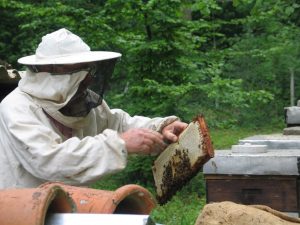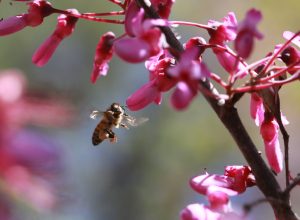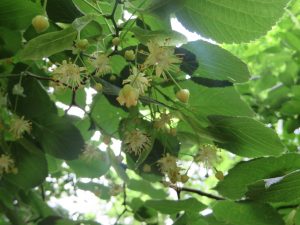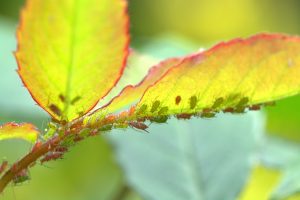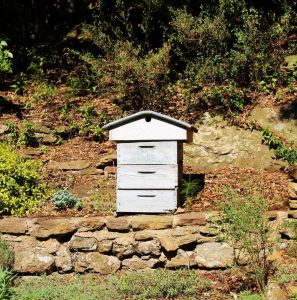(Revisiting Ray’s Recommendations)
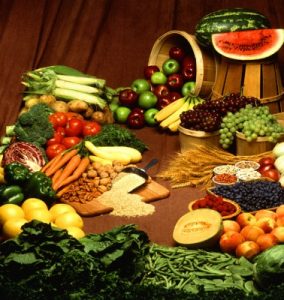
It’s been awhile since I wrote about, or recommended a blog I like which I often use as a source of something to share to The Garden Professors Facebook Page, so I thought I’d revisit the topic this month.
Botanist in the Kitchen was launched in the fall of 2012 by Dr. Jeanne Osnas and Dr. Katherine Angela Preston, evolutionary biologists who also love to cook and were often asked by friends and family to discuss the details about plants during dinner parties.
Add a friend, chef Michelle Fuerst, to provide recipes and there you have it.
Our goal is three-fold: to share the fascinating biology of our food plants, to teach biology using edible, familiar examples, and to suggest delicious ways to bring the plants and their stories to your table. To judge by the questions we are often asked at dinner parties (“What is an artichoke?” “Why is okra slimy?”), some curious eaters genuinely want to know which plant part they are eating and how its identity affects the characteristics of the food.
Dr. Nigel Chaffey, an editor of the Annals of Botany journal and their blog, Botany One coined a cool word (which I’ve stolen) for their mix of plant science and cookery … Phyto-Food-Phylogeny while introducing them to a wider audience …
Plants and food? Tell me more! Well, espousing the view that ‘a person can learn a lot about plants through the everyday acts of slicing and eating them’, The Botanist in the Kitchen ‘is devoted to exploring food plants in all their beautiful detail as plants – as living organisms with their own evolutionary history and ecological interactions’.
I first learned about the blog back in 2015 from an article in Business Insider, linking to their post on the various foods we grow, that were bred from one species of plant …
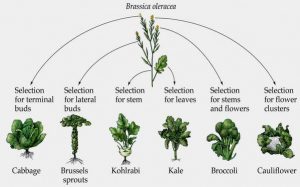
Six vegetables you can find in any grocery store and which most people eat on a regular basis are actually all from this one plant. Over the last few thousand years, farmers have bred Brassica Oleracea into six “cultivars” that eventually became many of the vegetables we eat …
From the blog post …
Some species have undergone the domestication process multiple times, and with some of these species, each domestication effort has focused on amplifying different structures of the plant, producing a cornucopia of extraordinarily different vegetables or fruits from the same wild progenitor. Such is the case with Brassica oleracea. The wild plant is a weedy little herb that prefers to grow on limestone outcroppings all around the coastal Mediterranean region.
So if you enjoy learning about plants we eat, and trying various recipes with them, be sure to follow the Botanist in the Kitchen via email.
Previous posts here on the other blogs I’ve recommended:
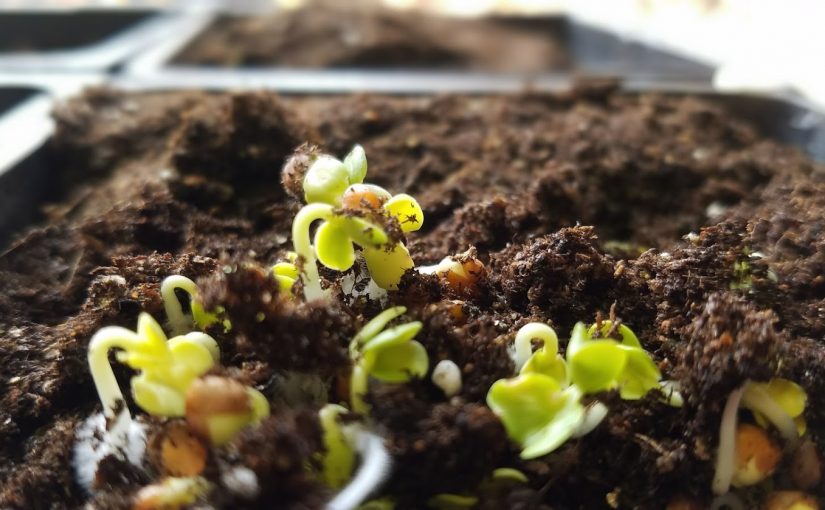
 I recently connected with Joe Lamp’l, host of the Growing a Greener World show on public television and the more recent The Joe Gardener Show podcast to talk about advanced seed starting techniques and technology.
I recently connected with Joe Lamp’l, host of the Growing a Greener World show on public television and the more recent The Joe Gardener Show podcast to talk about advanced seed starting techniques and technology.
